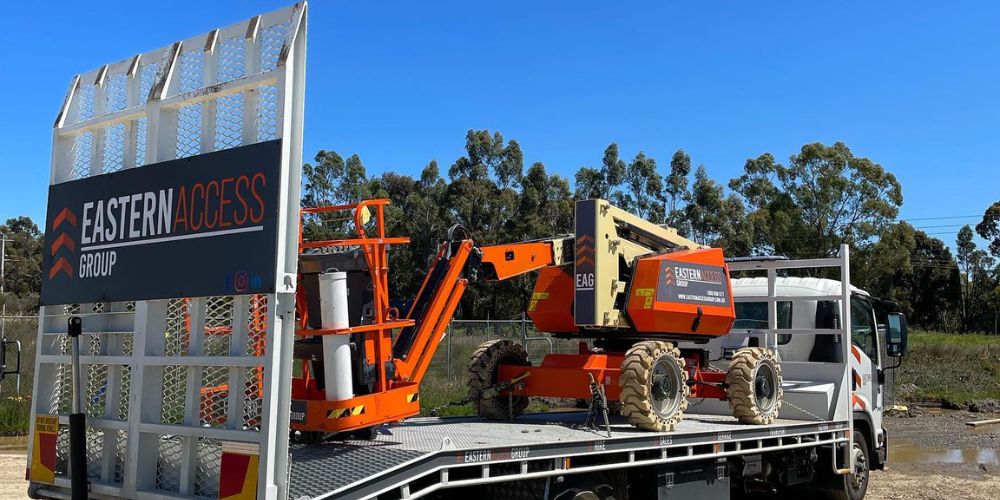Rent or Buy Elevated Work Platform- How to Decide?
The choice of whether to purchase or rent an elevated work platform is a critical one that will influence a company’s operations and finances.
There are things to consider before making a significant decision.
You might buy equipment that will be left in your basement collecting dust because you don’t need them anymore.
On the other side, renting elevated work platforms has extra fees that don’t come with purchasing them.
Read further as we’ll examine the benefits and drawbacks of renting vs. purchasing an EWP. Before making this choice, we’ll review the factors you should consider, such as the frequency and duration of use, the nature of the task you’ll be performing, and your budget.
So read on to find out if renting or buying an EWP is the best option for you, whether you’re an access hire service, a contractor, or a DIY enthusiast.
Table of Contents
When do you Need an Elevated Work Platform?
Elevated work platforms (EWPs) are used by workers who must carry out duties at heights above ground level in several industries and applications. EWPs are frequently used for things like:

Maintenance and construction work.
EWPs are frequently employed in building and maintenance tasks to reach challenging locations, including rooftops, tall walls, and ceilings.
Cutting and pruning trees.
To prune, trim, and remove trees from their higher branches, arborists utilize EWPs.
Painting and cleaning.
Buildings, bridges, and other exteriors are cleaned and painted with EWPs.
Production of movies and television.
For filming, EWPs are utilized to raise the angles at which cameras and lighting equipment are mounted.
Emergency assistance.
During crises, firefighters and rescue personnel use EWPs to enter high-rise buildings and other structures.
Inventory control and warehouse management.
EWPs are utilized to access high racks and shelves in warehouses to handle inventory.
Pros and Cons of Renting an Elevated Work Platform
For numerous businesses, renting an EWP might be practical and economical, but it also offers advantages and disadvantages.
Pros:
You only pay for what you use.
Aerial works call for the usage of specific equipment throughout the project. In many other cases, you may only utilize the equipment briefly before putting it away. This implies that even when you aren’t using it, you are still responsible for its maintenance, insurance, and, occasionally, storage. Equipment rental is the ideal choice for projects with a limited time frame. Additionally, you may include the leasing fee in the work cost.
No maintenance expenses.
You won’t have to worry about maintenance fees if you rent an EWP. The rental agency handles all repairs and maintenance.
No fees for storage.
If you purchase an EWP, you must have storage space for it. Storage space is optional if you rent an EWP.
Access to more recent models.
Renting an EWP allows you to take advantage of the newest technology without buying a new machine because rental businesses frequently have more recent versions of EWPs available for rent.
Flexibility.
When renting an EWP, you can select the best tool. For various projects, you may rent several types of EWPs, ultimately saving you money.
Cons
Long-term rentals may cost more.
Renting can lower your expenses because you pay for what you use, but there may be a cost. Acquiring a piece of equipment could be less expensive if you intend to use it for an extended period.
Availability.
The kind of EWP you want is only sometimes offered by rental businesses when you need it.
Transport expenses.
To get the EWP to your job site, you might have to cover the expense of transportation.
Training.
You must ensure your employees are adequately taught to use the EWP safely. The cost of extra training can be necessary.
Dependency on the rental company
You rely on the rental business for upkeep, repairs, and availability when renting an EWP. Your ability to complete your assignment on schedule might be affected if the rental provider has any problems.
Pros and Cons of Buying Elevated Work Platform
The pros and cons of purchasing an EWP are listed below:
Pros:
Cost-effective.
In the long term, purchasing an EWP can be less expensive than renting one, particularly if you frequently or continuously need to use it for work.
Customization.
When you purchase an EWP, you may alter it to suit your unique requirements by including attachments or safety measures.
A rise in productivity.
Due to their ease of access to high and challenging-to-reach regions, an EWP can assist workers in executing jobs more swiftly and effectively.
Cons:
Upfront expenses.
An EWP purchase might be pricey, particularly if you want a specialized or high-capacity model.
Maintenance.
EWPs need routine maintenance and inspections to maintain their performance and safety, just like any other piece of equipment.
Storage.
Since EWPs are big and cumbersome, they need much storage space while not in use.
Transportation.
Transporting an EWP might take much work, particularly if you need the necessary vehicle or tools.
Training.
Training and certification are necessary for operating an EWP but may be expensive and time-consuming.
Things to Consider When Deciding to Rent or Buy an EWP
Several things must be carefully considered before deciding whether to rent or buy an elevated work platform. The following factors should be taken into account while making this choice:
The frequency of use.
When choosing between renting and purchasing an EWP, frequency of use is a crucial element to consider. Renting can be a better choice if you just infrequently need the equipment. However, purchasing the equipment can be a more cost-effective if you need to use it regularly.
Length of use.
Another crucial aspect to consider is how long the equipment will last. Renting could be the most practical choice for short-term initiatives. On the other hand, purchasing can be preferable if the project is anticipated to persist for a considerable time.
Workplace conditions.
Conditions at the project site, such as the landscape, available space, and accessibility, should also be considered. Renting an EWP that is made for the circumstances at the job site may be more advantageous if they are severe or complex. Owning an EWP suited to your working site circumstances may be helpful if you frequently work in the same place.
Budget.
The budget is another crucial aspect when determining whether to rent or purchase an EWP. Although initially renting an EWP may be less expensive than owning one, the expenditures can quickly up over time. However, while purchasing an EWP may cost more upfront, it will likely save you money.
Frequently Asked Questions
This may entail considering the working environment’s height, reach, crush or entrapment risks, safe working loads, ground and terrain conditions, confined workspaces, and any electrical risks, such as overhead powerlines.
After ten years of service and then every five years after, EWPs should undergo a significant examination to ensure their safe usage.
According to Australian standard AS 2250.10-2006, every ten years after the date of manufacture, all EWP equipment, including scissor lifts, boom lifts, and telehandlers, must go through a thorough examination.
Key Takeaways
Purchasing, renting, or managing an EWP has advantages and downsides that should be carefully considered. By doing this, you may decide with knowledge how to obtain an EWP for your workplace and maximize the return on your investment.
There’s still another choice. Try renting initially. If you decide that the raised work platform is excellent for you and your company, you could purchase it after you are sure it is the best option.

